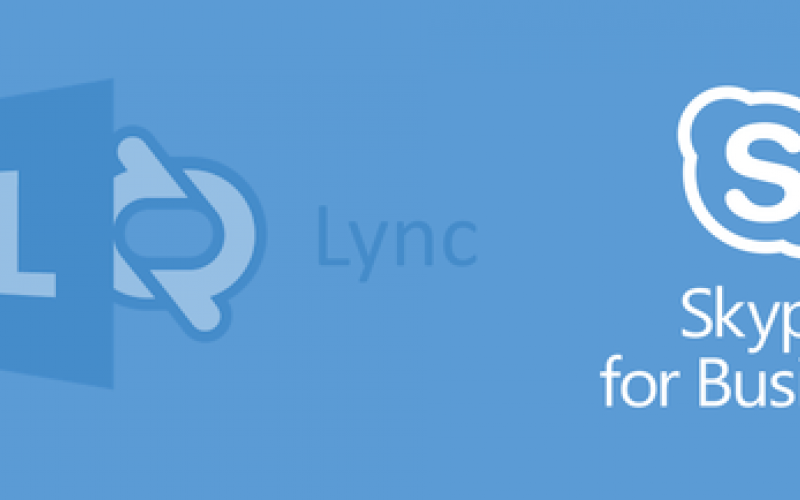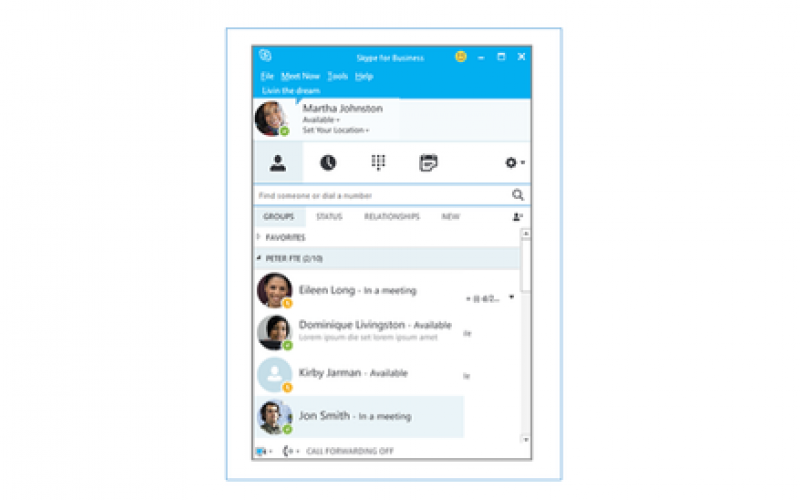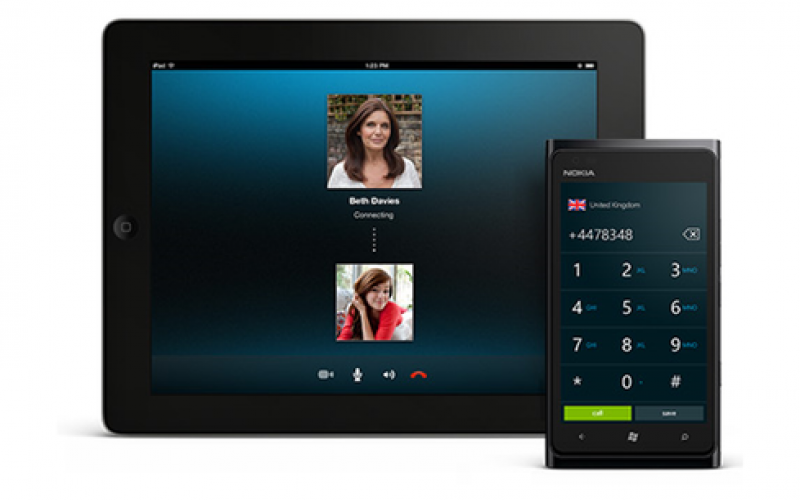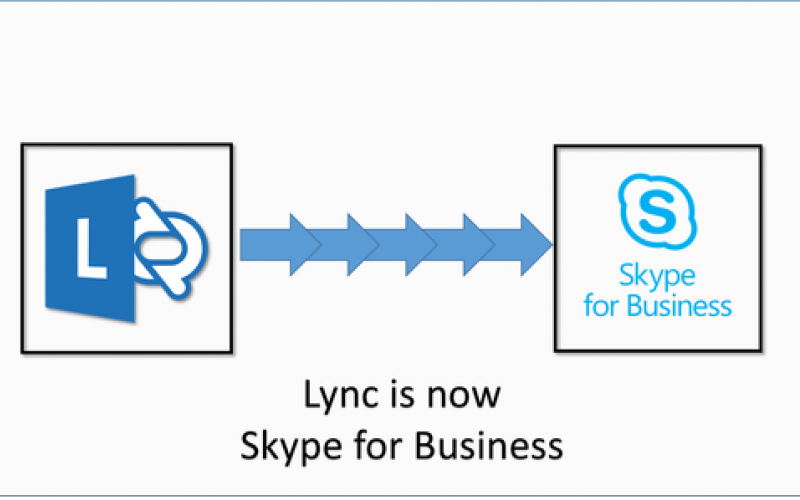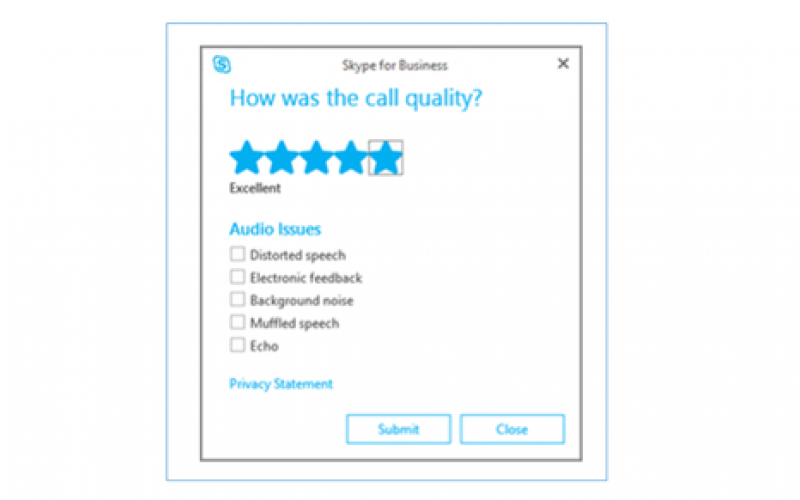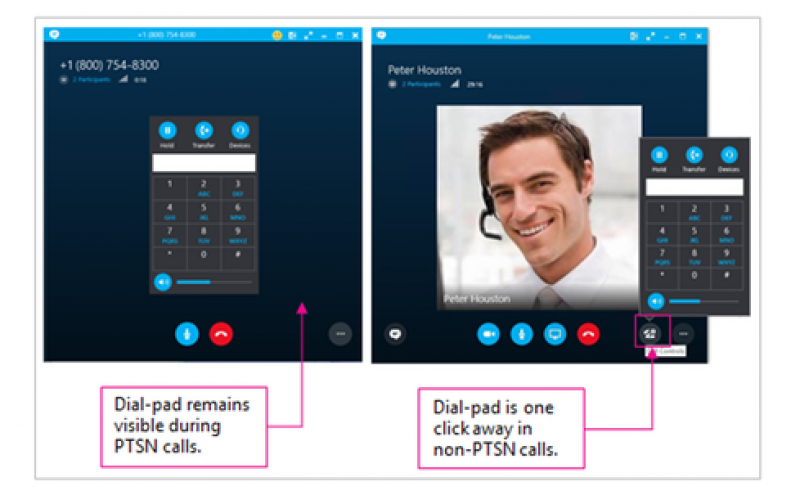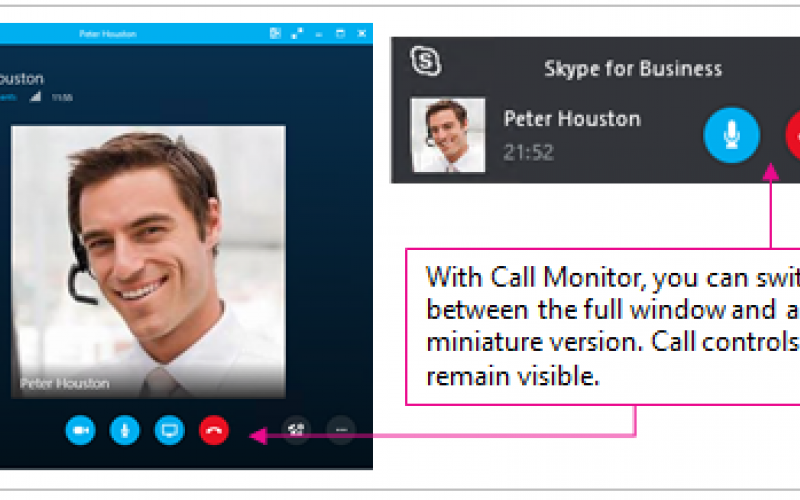This spring, Microsoft launched Skype for Business, replacing its unified communications platforms Microsoft Lync 2013 and Lync Online. Integrated with its Office 365 service, the new product added a new client experience, new server release, and online service updates. The concept was to provide businesses the ability to connect with more Skype users outside their enterprise networks while maintaining enterprise security and reliability.
The new business platform is based on Skype, which more than 300 million people currently use to communicate. It allows customers to search for, and connect with, anyone on the Skype network, whether they're inside or outside their organization. Most hardware and software solutions that are compatible with Office 2013 can also handle Skype for Business.
Skype for business is built into Office, so features like IM, voice and video calls, presence, and online meetings are all now integrated Office components. The new platform offers the features formerly available on Lync and delivers enterprise-grade security, compliance, and control to IT.
Adopting Skype for Business provides organizations the old features of Lync with the simplified look and feel of a consumer-grade application. Among the many benefits of this iteration is that employees can now more easily connect to internal and external users, while at the same time reducing the administrative efforts required for managing different IM and calling tools. Read on to learn more about the new features in Skype for Business and how the platform has improved upon Lync.






